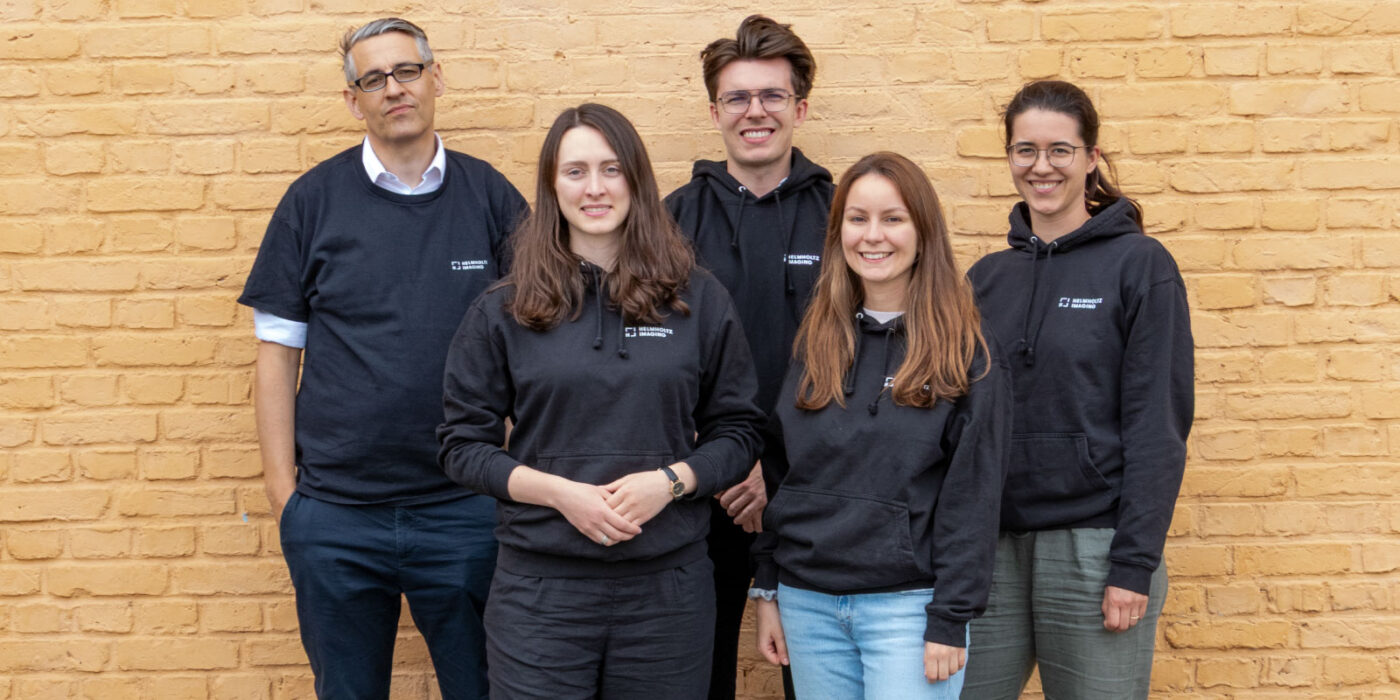Research Unit DESY

Inverse Problems: we focus on problems at the beginning of the imaging pipeline related to data acquisition and image formation. This is a crucial step in the pipeline, since information lost or not measured at this stage can hardly be recovered in later stages.

In the data acquisition, the change of some emitted signal interacting with the sample is measured. In order to produce meaningful images, an image reconstruction step is necessary. To achieve this task a mathematical model of the forward process leading to data generation has to be developed and then inverted to compute the image of interest. This process is called an inverse problem, whose stable solution relies on further a-priori knowledge or even training data about the type of images to be reconstructed. The development of algorithms for image reconstruction with highest quality is a major research topic for us.
The quality of the reconstructions is controlled via uncertainty quantification methods and feedback to the data acquisition is given by optimal experimental design techniques. Further important research questions investigated concern the compression of large scale data as well as problems at the edge to further steps in the pipeline such as denoising and registration.
Publications
Other Research
Projects
Helmholtz Imaging Projects are granted to cross-disciplinary research teams that identify innovative research topics at the intersection of imaging and information & data science, initiate cross-cutting research collaborations, and thus underpin the growth of the Helmholtz Imaging network. These annual calls are based on the general concept for Helmholtz Imaging and are in line with the future topics of the Initiative and Networking Fund (INF).
Research Unit MDC
The Research Unit at MDC focuses on integrating heterogeneous imaging data across modalities, scales, and time. We develop concepts and algorithms for generic processing, stitching, fusion, and visualization of large, high-dimensional datasets.
Our aim is to enable seamless analysis of complex imaging data without restrictions on the underlying modalities.
Research Unit DKFZ
The Research Unit at DKFZ focuses on the downstream stages of the imaging pipeline, developing robust methods for automated image analysis and emphasizing rigorous validation.
Our goal is to enable trustworthy and generalizable AI across scientific imaging domains.
Publications
Helmholtz Imaging captures the world of science. Discover unique data sets, ready-to-use software tools, and top-level research papers. The platform’s output originates from our research groups as well as from projects funded by us, theses supervised by us and collaborations initiated through us. Altogether, this showcases the whole diversity of Helmholtz Imaging.